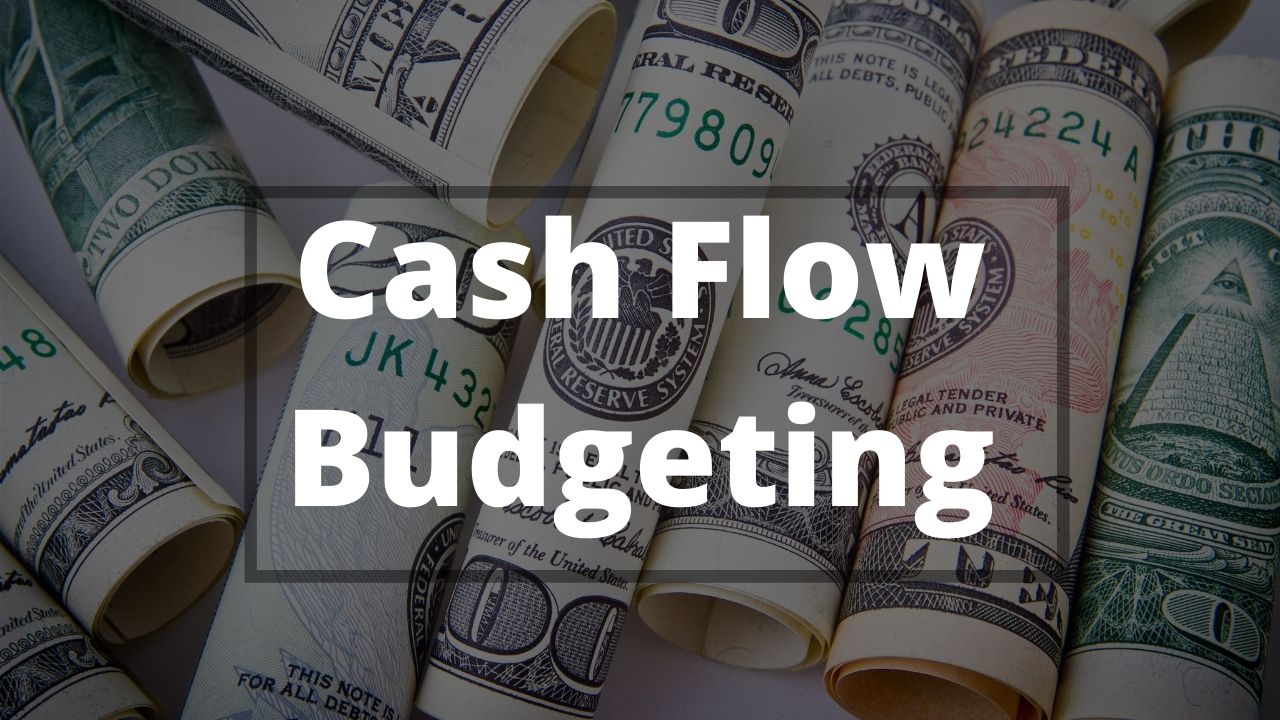Home>Finance>Chande Momentum Oscillator: Definition, Formula, Example


Finance
Chande Momentum Oscillator: Definition, Formula, Example
Published: October 26, 2023
Learn the definition, formula, and example of Chande Momentum Oscillator in finance. Enhance your understanding of this powerful technical analysis tool.
(Many of the links in this article redirect to a specific reviewed product. Your purchase of these products through affiliate links helps to generate commission for LiveWell, at no extra cost. Learn more)
Welcome to the Finance category: Chande Momentum Oscillator – Definition, Formula, Example
Welcome to our Finance category, where we explore various financial tools, strategies, and concepts to help you make informed decisions. In this blog post, we will delve into the fascinating world of the Chande Momentum Oscillator (CMO), understanding its definition, formula, and providing an example to illustrate its practical application in the financial markets.
Key Takeaways:
- The Chande Momentum Oscillator (CMO) is a technical indicator used to measure momentum in financial markets.
- It aims to identify overbought and oversold conditions, providing potential buy or sell signals.
What is the Chande Momentum Oscillator?
The Chande Momentum Oscillator, developed by Tushar Chande, is a popular technical analysis tool used by traders and investors to assess momentum in price movements. It measures the difference between the sum of all up periods and the sum of all down periods over a specified time period.
The CMO is derived from the relative strength indicator (RSI) and seeks to provide a clearer picture of price momentum by eliminating the issues caused by gaps in price data. It oscillates between the values of -100 and +100, with positive values indicating bullish momentum and negative values suggesting bearish momentum.
The Formula:
The formula for calculating the Chande Momentum Oscillator (CMO) is as follows:
CMO = ((Sum of Up Periods) – (Sum of Down Periods)) / ((Sum of Up Periods) + (Sum of Down Periods)) * 100
Where:
- Sum of Up Periods is the cumulative sum of the differences between the current price and the price of the previous period when prices are rising.
- Sum of Down Periods is the cumulative sum of the differences between the current price and the price of the previous period when prices are falling.
An Example of Chande Momentum Oscillator:
Let’s assume we have daily price data for a stock over a 20-day period. Using the formula for the Chande Momentum Oscillator, we will calculate the CMO for this time frame.
- Calculate the net difference between each day’s closing price and the previous day’s closing price.
- Separate the net differences into two groups: positive and negative values.
- Sum the positive differences to obtain the “Sum of Up Periods”.
- Sum the negative differences to obtain the “Sum of Down Periods”.
- Plug these values into the CMO formula to calculate the oscillator value.
Once the CMO calculation is complete, the result will provide an oscillating value between -100 and +100. Traders and investors can then interpret this value to gain insight into the strength and direction of the market’s momentum, potentially guiding their decision-making process.
In Conclusion:
The Chande Momentum Oscillator (CMO) is a valuable tool for traders and investors to assess momentum and identify potential trading opportunities. By understanding the oscillator’s formula and calculating it using historical price data, individuals can gauge the strength and direction of the market’s momentum. It is important to note that the CMO should be used in conjunction with other technical analysis tools and indicators to confirm signals and make well-informed financial decisions.














